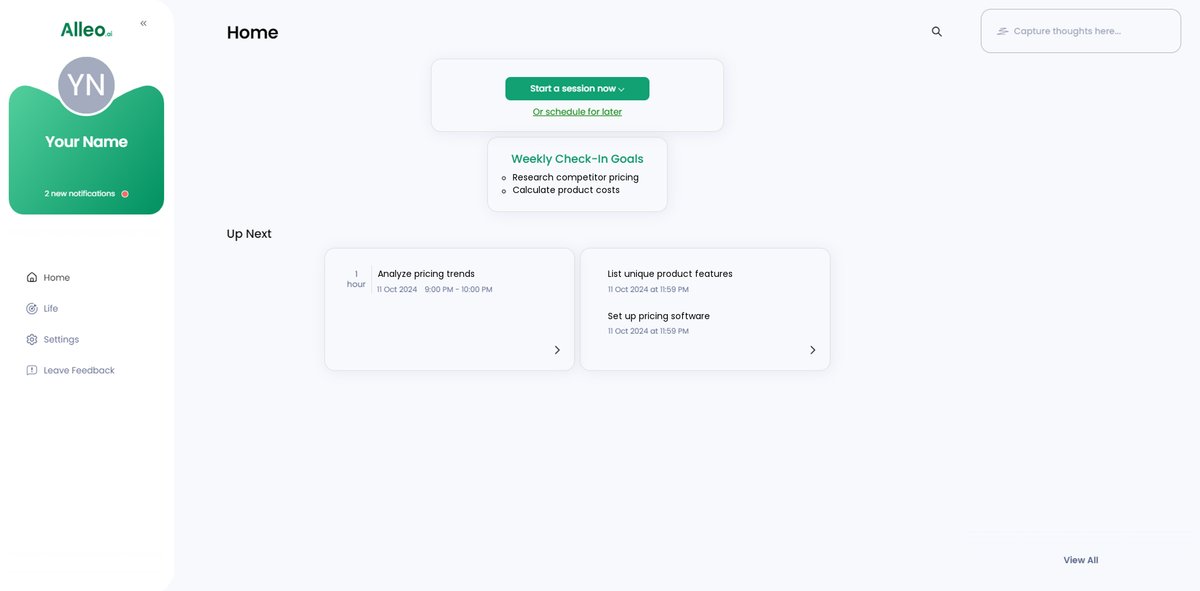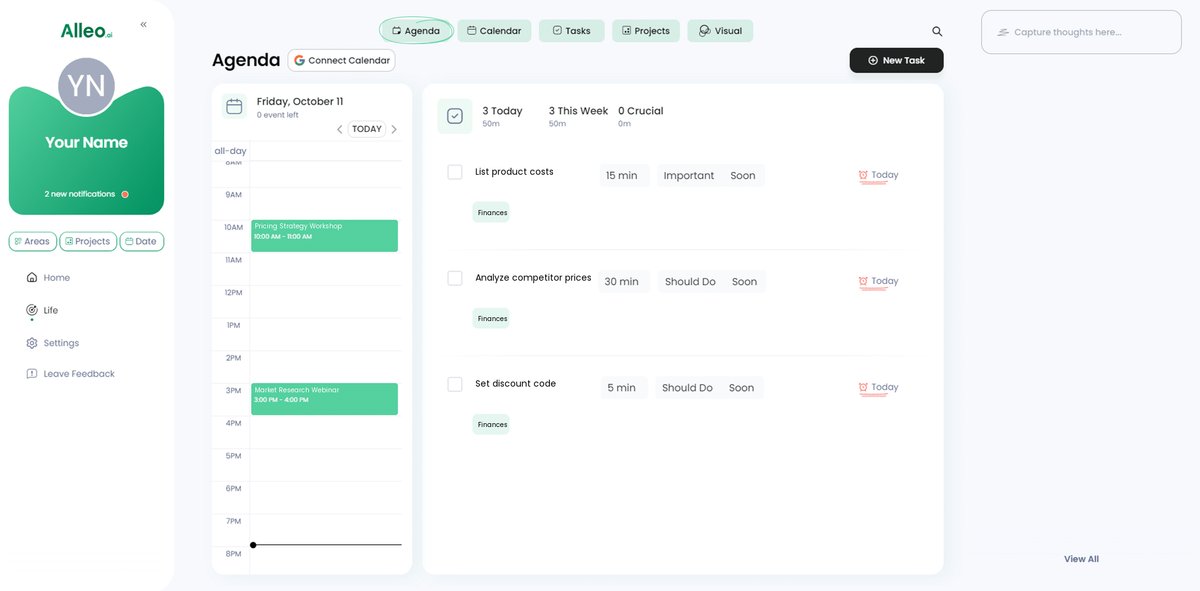5 Proven Strategies for Pricing Apparel as a Small Business Owner
Are you struggling to find the perfect apparel pricing strategies for small businesses?
As a life coach, I’ve helped many side hustlers navigate these challenges. I often encounter business owners unsure how to price clothing items for maximum profit while maintaining competitive pricing in the fashion industry.
In this blog, you’ll learn proven strategies to price your apparel effectively for small businesses. We’ll cover:
- Market research
- Value-based pricing for boutique apparel
- Cost-plus pricing for clothing retailers
- Strategic discounts
- Dynamic pricing in small apparel businesses
Let’s dive in to explore these apparel pricing strategies for small businesses.

Unraveling the Pricing Puzzle
Setting the right price for your products is a delicate balancing act. Many clients initially struggle with finding that sweet spot where prices attract customers but also cover costs and yield profits. This is especially true when it comes to apparel pricing strategies for small businesses.
Without a sound strategy, you risk unsold inventory or slashed profit margins. In the competitive pricing landscape of the fashion industry, this can be particularly challenging.
In my experience, the pain of poor pricing strategies is real. Imagine putting in hours crafting unique clothing items only to see them gather dust because they’re overpriced. This is where understanding how to price clothing items for maximum profit becomes crucial.
Or worse, selling out quickly but realizing your prices barely cover the cost of materials. This is a common pitfall when not implementing effective cost-plus pricing for clothing retailers.
This is why a solid pricing strategy is crucial. It’s more than just numbers; it’s about understanding your market, costs, and customers. Whether you’re considering value-based pricing for boutique apparel or exploring seasonal pricing strategies for clothing stores, the right approach is key.
With the right approach to apparel pricing strategies for small businesses, you can ensure your business thrives in the competitive fashion retail landscape.

Roadmap to Effective Pricing Strategies
Overcoming the pricing challenge requires a few key steps. Here are the main areas to focus on to make progress in developing apparel pricing strategies for small businesses:
- Conduct Market Research on Competitor Pricing: Analyze competitor pricing trends using tools like Google Keyword Planner and Ahrefs to understand competitive pricing in the fashion industry.
- Implement Value-Based Pricing for Unique Items: Set prices based on the perceived value of unique features, applying value-based pricing for boutique apparel.
- Use Cost-Plus Pricing for Standard Products: Calculate all costs and add a reasonable profit margin, utilizing cost-plus pricing for clothing retailers.
- Offer Strategic Discounts to Boost Sales: Implement time-limited promotions and bundle pricing for clothing items to increase sales.
- Test Dynamic Pricing for Online Sales: Use pricing software to adjust prices based on demand and competition, exploring dynamic pricing in small apparel businesses.
Let’s dive in to these apparel pricing strategies for small businesses!
1: Conduct market research on competitor pricing
Understanding competitor pricing is key to setting competitive prices for your apparel. This is a crucial step in developing effective apparel pricing strategies for small businesses.
Actionable Steps:
- Analyze competitor pricing trends: Use tools like Google Keyword Planner and Ahrefs to identify market pricing patterns and learn how to price clothing items for maximum profit.
- Survey potential customers: Distribute surveys via platforms like SurveyMonkey to gather insights on what customers are willing to pay, which is essential for value-based pricing for boutique apparel.
- Attend industry events: Participate in trade shows or online webinars to learn pricing strategies from successful brands and understand competitive pricing in the fashion industry.
Key benefits of conducting market research include:
- Gaining a clear understanding of market positioning
- Identifying pricing gaps and opportunities
- Staying ahead of industry trends, including seasonal pricing strategies for clothing stores
Explanation:
These steps help you identify the right price points and understand market trends. By analyzing competitor pricing and surveying potential customers, you get a clear picture of the market landscape, which is crucial for small apparel businesses implementing pricing strategies.
Attending industry events offers additional insights from experienced professionals. For more tips on pricing, check out this pricing strategy guide.
With a solid understanding of competitor pricing, you can move on to implementing value-based pricing for unique items and exploring other apparel pricing strategies for small businesses.
2: Implement value-based pricing for unique items
Value-based pricing is crucial for unique items because it ensures you capture the true worth of your offerings. This is especially important when considering apparel pricing strategies for small businesses.
Actionable Steps:
- Identify your unique selling propositions (USPs): List the distinct features that differentiate your products and add value for customers, particularly in the context of boutique apparel.
- Gather customer feedback: Conduct focus groups to understand how much customers value these unique features, which can inform how to price clothing items for maximum profit.
- Set prices based on perceived value: Use the feedback to set pricing that reflects your products’ perceived worth, a key aspect of competitive pricing in the fashion industry.
Explanation:
These steps help you align prices with how customers perceive value, ensuring they feel they’re getting their money’s worth when shopping for clothing items.
By identifying USPs and gathering customer feedback, you ensure prices resonate with your target audience, which is essential for small apparel businesses.
For further insights, refer to this pricing strategy guide.
This approach ensures your unique items stand out and are priced appropriately based on their value, a crucial aspect of apparel pricing strategies for small businesses.

3: Use cost-plus pricing for standard products
Utilizing cost-plus pricing for standard products is one of the key apparel pricing strategies for small businesses, ensuring you cover all expenses while achieving desired profit margins.
Actionable Steps:
- Calculate all costs: Add up variable and fixed costs, including materials, labor, and overheads like rent and utilities, which is crucial for cost-plus pricing for clothing retailers.
- Determine desired profit margin: Set a reasonable profit margin to add to the total cost, ensuring it aligns with industry standards and helps maximize profit for clothing items.
- Review and adjust regularly: Periodically reassess costs and market conditions to keep your prices competitive in the fashion industry and profitable.
Explanation:
These steps help ensure your pricing covers all expenses and aligns with your financial goals. By calculating costs and setting a profit margin, you ensure your prices are fair and sustainable, which is essential for small apparel businesses.
Regular reviews help you adapt to market changes. For more detailed guidance on apparel pricing strategies for small businesses, visit this pricing strategy resource.
This approach keeps your pricing model adaptable and aligned with market trends, which is crucial for competitive pricing in the fashion industry.

4: Offer strategic discounts to boost sales
Offering strategic discounts can effectively attract customers and boost sales for your apparel store, making it a crucial apparel pricing strategy for small businesses.
Actionable Steps:
- Implement time-limited promotions: Create urgency with B2GO offers or seasonal sales, and promote them through social media and email marketing. This is one of the key seasonal pricing strategies for clothing stores.
- Bundle products for savings: Offer attractive bundles like a hoodie and sweatpants set at a discounted rate, highlighting the savings customers achieve. Bundle pricing for clothing items can increase average order value.
- Reward loyalty: Provide discount codes to repeat customers or for referrals, and track the effectiveness through customer retention rates. This approach can be part of value-based pricing for boutique apparel.
Effective discount strategies can lead to:
- Increased customer acquisition
- Higher average order value
- Improved customer loyalty
Explanation:
These steps help you create appealing offers that drive purchases while maintaining profitability. Time-limited promotions and bundles can create urgency and perceived value, aligning with psychological pricing techniques for fashion retail.
Rewarding loyalty encourages repeat business, enhancing customer retention. For more insights, refer to this apparel marketing guide.
Strategic discounts can significantly impact your sales and customer loyalty, setting the stage for dynamic pricing strategies in small apparel businesses.
5: Test dynamic pricing for online sales
Testing dynamic pricing for online sales can help you maximize profits by adjusting prices based on real-time demand and competition. This is particularly effective as one of the apparel pricing strategies for small businesses in the fashion industry.
Actionable Steps:
- Invest in pricing software: Choose dynamic pricing software that integrates with your ecommerce platform to automate price adjustments for clothing items.
- Segment your market: Identify different customer segments and tailor pricing strategies for each group based on their purchasing behavior, which is crucial for competitive pricing in the fashion industry.
- Monitor and optimize: Regularly review sales data to assess the impact of dynamic pricing and make data-driven adjustments to your apparel pricing strategies.
Key advantages of dynamic pricing include:
- Maximizing profit margins for clothing retailers
- Adapting quickly to market changes in the fashion industry
- Personalizing prices for different customer segments in small apparel businesses
Explanation:
These steps help you leverage technology to set competitive prices that adapt to market conditions. By using pricing software and segmenting your market, you can tailor prices to different customer groups, which is essential for small businesses in the apparel industry.
Monitoring and optimizing ensures your strategy remains effective. For more tips on dynamic pricing, refer to this pricing strategy guide.
Implementing dynamic pricing can significantly enhance your pricing model, making it adaptable and competitive in the fashion retail sector.

Partner with Alleo on Your Pricing Strategy Journey
We’ve explored the challenges of apparel pricing strategies for small businesses and how solving them can benefit your business. But did you know you can work directly with Alleo to make this journey easier and faster, especially when it comes to implementing competitive pricing in the fashion industry?
Set up an account with Alleo and create a personalized pricing plan for your clothing items. Work with Alleo’s AI coach to overcome specific challenges, such as cost-plus pricing for clothing retailers or value-based pricing for boutique apparel.
The coach will follow up on your progress, handle changes in seasonal pricing strategies for clothing stores, and keep you accountable via text and push notifications.
Ready to get started for free and learn how to price clothing items for maximum profit? Let me show you how!
Step 1: Log In or Create Your Account
To begin your pricing strategy journey with Alleo, log in to your account or create a new one to access personalized guidance from our AI coach.

Step 2: Choose “Building Better Habits and Routines”
Select “Building Better Habits and Routines” to develop consistent pricing practices that will help you implement and maintain effective strategies for your apparel store, ensuring long-term success and profitability.

Step 3: Select “Finances” as Your Focus Area
Choose “Finances” as your focus area to tackle your apparel store’s pricing challenges head-on, aligning your business strategy with effective financial management and profit optimization.

Step 4: Starting a coaching session
Begin your pricing strategy journey with an intake session to set goals and create a personalized plan for optimizing your apparel store’s pricing approach.

Step 5: Viewing and Managing Goals After the Session
After your coaching session on pricing strategies, check the Alleo app’s home page to view and manage the goals you discussed, allowing you to track your progress in implementing effective pricing for your apparel store.

Step 6: Adding events to your calendar or app
Use the calendar and task features in the Alleo app to schedule and track your pricing strategy implementation, allowing you to monitor your progress as you solve pricing challenges and adjust your apparel store’s pricing model over time.

Wrapping Up Your Pricing Strategy Journey
As we wrap up, remember how crucial the right apparel pricing strategies for small businesses are for your apparel business.
By conducting market research, you gain valuable insights into competitor pricing in the fashion industry. Implementing value-based pricing for boutique apparel ensures your unique items are valued correctly.
Cost-plus pricing for clothing retailers helps cover all expenses while achieving desired profit margins. Strategic discounts can boost sales and customer loyalty.
Testing dynamic pricing in small apparel businesses lets you adapt to market conditions in real-time.
You’ve got this!
Your pricing strategy can make or break your business.
Use these strategies to find the balance between profit and competitiveness when pricing clothing items for maximum profit.
And don’t forget, Alleo is here to help you every step of the way with apparel pricing strategies for small businesses.
Try Alleo for free and take control of your pricing today!